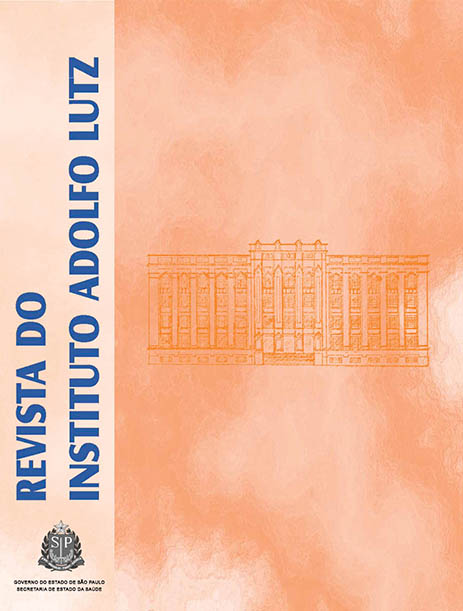Abstract
In Brazil, many edible fruits are processed to produce juice, candy, jam, concentrate and puree, originating a vast quantity of waste such as seeds, peels and pulps. The present study aims at investigating the possible use of fruit seeds, allowing to add economic value to these byproducts. Thus, the main goals of this work were: characterizing seeds of commonly cultivated fruits species in Brazil (orange, lemon, tangerine, melon, watermelon, papaya, passion fruit and guava) as for their proximal composition; determining the physico-chemical characteristics, fatty acid composition, tocopherols, carotenoids, total phenolic compounds and unsaponifiable matter in the oils extracted from these fruit seeds; and evaluating the oxidative stability and the antioxidant activity of the seed oils. The seeds were removed from the fruits, washed, dried at room temperature and the oils were extracted by using a Soxhlet extractor. All seeds showed considerable lipid contents (14.01-41.66%) and the oils revealed high unsaturated fatty acids percentage (67.55-88.14%) with prominent oleic and linoleic fatty acids. Regarding physico-chemical properties, the seed oils compared favorably to conventional vegetable oils and the unsaponifiable matter percentages were 0.70-1.51%. The total tocopherol concentrations ranged between 74.71 mg.Kg-1 for papaya seed oil and 748.11 mg.Kg-1 for watermelon seed oil, being the δ-tocopherol quantified in all oils. The major carotenoids quantified in the analyzed oils were lutein, β-criptoxantin and β-carotene. The papaya seed oil showed the highest total carotenoid concentration (7.05 mg.Kg-1) while no carotenoid was quantified in the passion fruit seed oil. The total phenolic contents obtained in the analyzed oils (922.92-1,428.97 mg Gallic acid equivalents per kilogram of oil) were higher than the ones referenced within the soybean, sunflower, corn and rapeseed oils literature. The oxidative stability values ranged between 4.87 and 77.97 hours, showing that fatty acid and carotenoid compositions influence in the oils resistance to oxidation. All oils scavenged DPPH•following the sequence: watermelon > melon > passion fruit > orange > guava > lemon > tangerine > papaya. A significant correlation could also be observed between antioxidant activity and the total tocopherol and γ-tocopherol contents. The results acquired by this study showed that it is possible to use these fruit seeds for oil extraction and to be transformed into economically valuable ingredients for the food, pharmaceutical and chemical industries.
This work is licensed under a Creative Commons Attribution 4.0 International License.
Copyright (c) 2010 Instituto Adolfo Lutz Journal
Downloads
Download data is not yet available.
